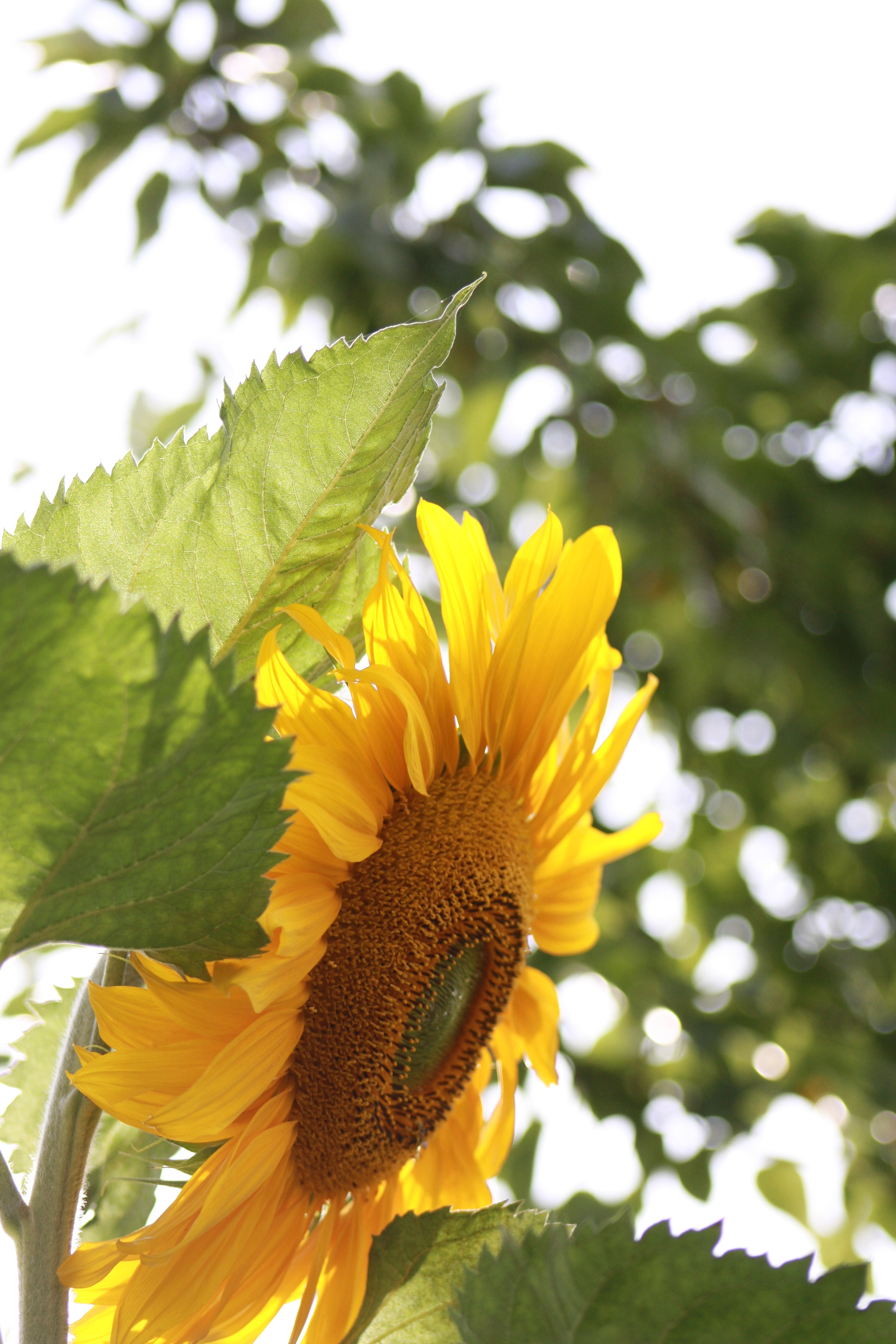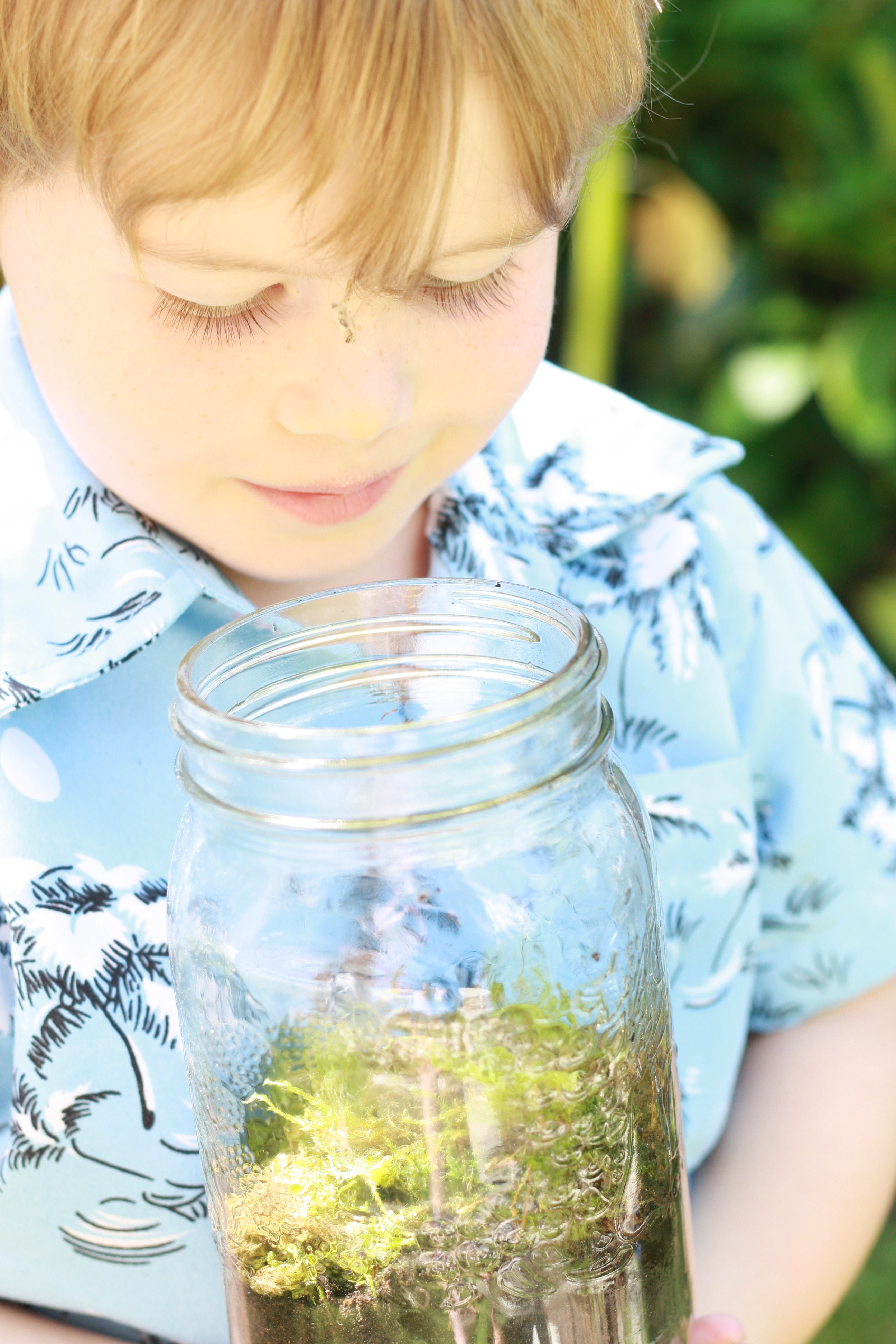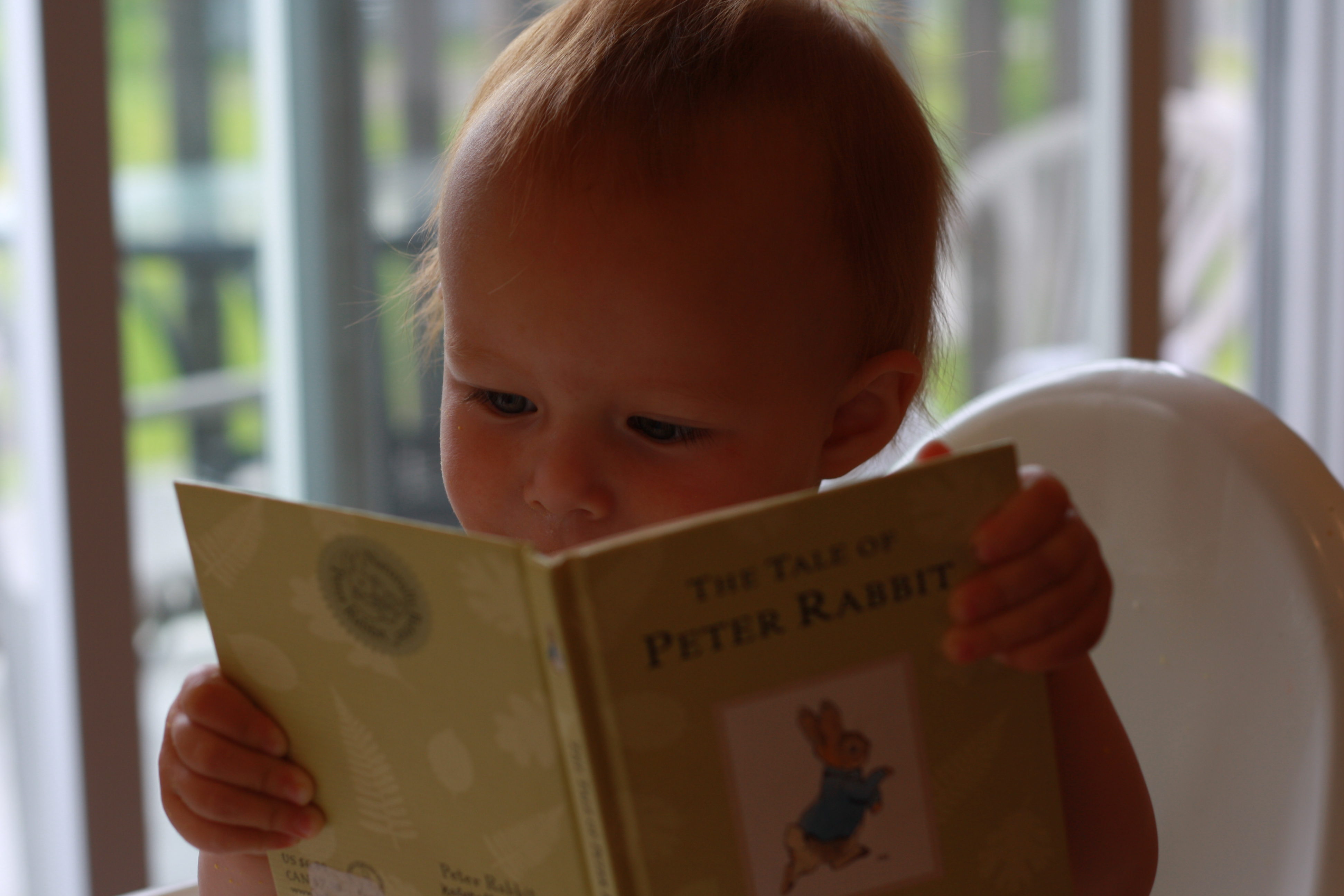


Hands-On Homeschooling: Tiny Terrariums
It’s time for a little hands-on fun. Last week, one of our members shared the idea of this glass jar terrarium with me. It’s such a fun and easy project, with so much learning potential. I tried it with my son, and we had a great time selecting plants, digging, watering and arranging our little biosphere. He now cares for it everyday, spritzing it with water (one of his all-time favourite activities) and watching the moisture condense. In lieu of a pet, or a “pet egg” (anyone do that project as a kid?), houseplants and terrariums make a great “first care” project. Not only that, but there is something immensely satisfying in arranging plants as living art on such a small, child-friendly and accessible scale. Step by Step: 1. Gather your tools: a glass mason jar with lid, a shovel, a hammer and nail, some sand, soil & various mosses, plants and other bits and bobs (we used a small seedling from our garden, and a couple different types of moss, one snail and one clam shell). 2. Fill the bottom of the jar with sandy soil and then add a layer of rich top soil. 3. Plant your seedling (hint: ferns love the moist environment of a terrarium), and place selected moss around it. 4. Finish with a couple of natural items if you wish. 5. Finally, using a hammer and nail, poke a few holes in the top of the lid, and attach it. 6. Care for your tiny ecosystem by spritzing your terrarium whenever it starts to get dry. Moisture will build up around the edges,...
Embracing the Home Learning Lifestyle
Homeschooling is more of a lifestyle choice than an educational one. And, I would argue, one of the most exciting choices one can make for their family.

The Library Card: A Homeschooler’s Best Friend
Okay, so I am a public librarian. Which makes me kind of biased. However, I really don’t think there is a conflict of interest here – so I’m going to soldier on. The library card: a homeschooler’s best friend. I stand by this statement. I realize that some homeschoolers like to purchase a complete curriculum (or two or three…) and perhaps may think of their visits to the public library as secondary in nature. Useful for support materials. I would like to make the case that every homeschooler should be intimately connected to their local public library. Why? It can be your number one resource. Books are obvious. But, your public librarian can also host classes for your homeschool group, recommend great books and resources you wouldn’t know about on your own, show you how to conduct research, evaluate information, and be a great community connection for your child. It’s your place. There is a movement within public libraries to function as the “living room” of a community. How successful this has been will vary greatly by library and experience. You, being on the outside looking in, would probably know better than I. But, those of you who have found a special place in your local library, will identify. Not only is the public library a great place (to read, to spend time, to make a part of your weekly routine), it is also your place. As in, you pay taxes to make it exist. You have a vested interest in it – so make it your own. We go to our local library every Monday. It makes...
Giving as a “Back to School” Activity
This week, my son and I decided to shop at our local Ten Thousand Villages for a birthday present for his friend. For those of you who don’t know Ten Thousand Villages, it’s a company that sells ethical, fair trade and beautiful hand-crafted items from all over the world. I love the place. Rarely is there something I truly need there (food, shelter, company), but when I want to buy something meaningful, it’s one of the first places I stop. At the front of the table I noticed a display. They are hosting a giving campaign for kids all over the world. You pick up one of their reusable cloth bags, take it home and fill it with school supplies for 4 children (notebooks, pencils etc) and bring it back to them. They then send the supplies to kids overseas that need them. My first thought was, this is a great project for me and my son to do as a “back to school activity.” I’m always thinking of ways we can be good stewards of the earth and its people. So, I took a list of the items we need. I think it would make a fantastic “back to school” activity for us to do every year. My second thought was a lot more complicated. What does all this mean to a homeschooling family? What is back to school? And what of supporting kids in traditional classrooms around the world? Does that mean I think “one size fits all” schooling is good enough for them, but not for me? I am sure many homeschoolers have these thoughts at...

